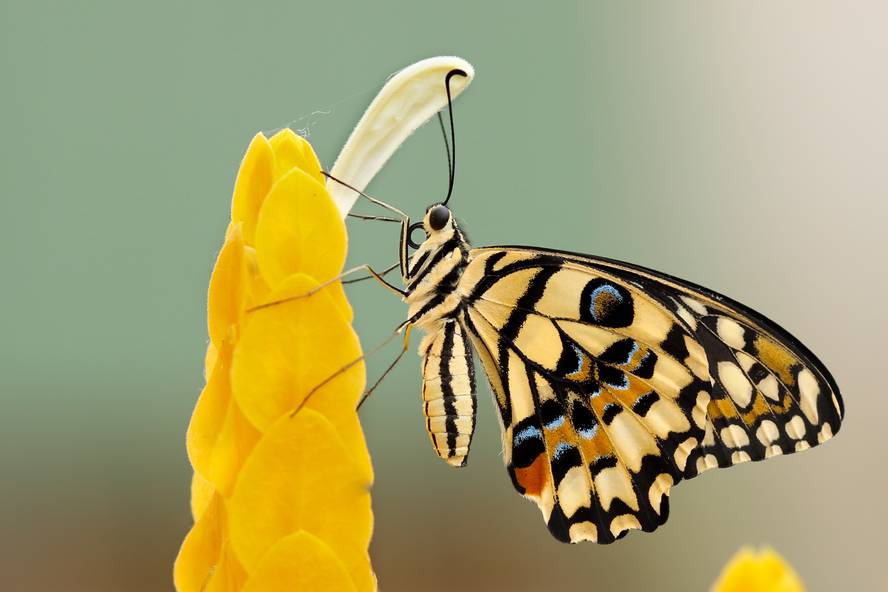Pollination is in danger in landscapes modified by man
A group of international scientists has found a worrying global trend in pollination. We have compiled and analyzed the data of the experiments that have been carried out in recent years on the subject and have concluded that in landscapes very adapted by man the availability of pollen is quite limited.
Nature Communications warns that man-made changes in land use pose the greatest danger for both wild plants and pollinating insects, in addition to predicting that the situation will worsen.
The observation has been based on 2,247 experiments carried out worldwide, taking into account the information of 1,247 plant species. They highlight that they have also received reports that are not written in English.
In these experiments, the effect of pollination has been quantified: some plants have received a natural pollination by insects and, on their side, the plants of the same species have received an artificial pollination handmade by man. Then the seeds of these plants have been measured, while assisted pollination has increased reproduction by 63%.
They say that wild plants with very specialized pollinants are the ones with the highest risk. Thus, it has been observed that in areas where the agriculture is extended can produce a proliferation of common bee (Apis mellifera), which in turn can suppose a decrease of other wild pollinators to the detriment of the plants that support these insects. In a paper outside the scientific article, Joanne M. Bennett has considered the situation as a "time bonus".






